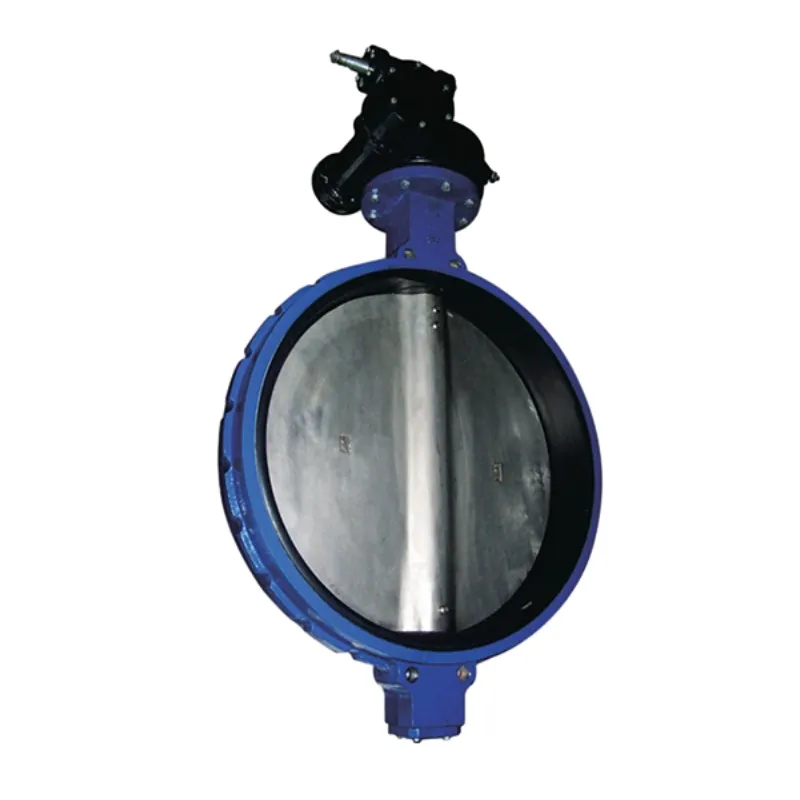Nov . 11, 2024 20:08 Back to list
grooved butterfly valve
Grooved Butterfly Valves A Comprehensive Overview
In modern fluid control systems, the necessity for reliable and efficient flow regulation solutions is paramount. One such innovative device that has gained considerable traction in various industries is the grooved butterfly valve. These valves are designed to optimize flow control while ensuring durability and ease of installation. This article delves into the features, advantages, applications, and installation considerations of grooved butterfly valves.
What is a Grooved Butterfly Valve?
A grooved butterfly valve is a type of quarter-turn valve that utilizes a rotating disk to regulate fluid flow. The valve typically consists of a circular body with a grooved design, allowing for secure connection to adjacent piping systems. The disk, which is positioned within the pipe's flow area, can be turned 90 degrees to either fully open or fully close the valve. This simple mechanism makes grooved butterfly valves particularly efficient for quick operations.
Key Features of Grooved Butterfly Valves
1. Grooved End Connections The grooved design of the valve facilitates a secure and leak-proof connection with piping systems through mechanical grooved couplings. This feature speeds up installation and maintenance processes by eliminating the need for traditional welding or flanging.
2. Compact and Lightweight Compared to other valve types, grooved butterfly valves are often more compact and lightweight. This attribute makes them easier to handle during installation and reduces the overall weight of the piping system.
3. Versatility These valves are suitable for a wide range of applications, including water supply, HVAC systems, chemical processing, and fire protection systems. Their ability to handle various types of fluids, including viscous and corrosive substances, enhances their applicability across different industries.
4. Flow Efficiency The design of the butterfly valve allows for minimal pressure drop across the valve, promoting high flow efficiency. This characteristic is crucial in systems where maintaining pressure and flow is vital.
5. Durability Grooved butterfly valves are typically made from robust materials like stainless steel, ductile iron, or PVC, offering excellent resistance to corrosion and wear. This durability translates into a longer service life, reducing replacement costs over time.
grooved butterfly valve

Advantages of Grooved Butterfly Valves
One of the primary advantages of using grooved butterfly valves is their quick installation process. The grooved coupling system simplifies the connection between pipes, resulting in reduced labor costs and installation times. Additionally, the ease of operation—particularly in applications where frequent valve adjustments are necessary—makes them a practical choice for operators.
Another benefit is the valve's low maintenance requirements. The straightforward construction means fewer parts are susceptible to wear, and routine inspection can ensure smooth operation without extensive repair work.
Applications
Grooved butterfly valves find application in numerous fields. In fire protection systems, they can control the flow of water to fire suppression systems. In HVAC applications, they facilitate airflow regulation in duct systems. Furthermore, in water treatment facilities, they manage the processes of inflow and outflow efficiently.
Installation Considerations
When installing grooved butterfly valves, it's essential to ensure proper alignment with adjacent piping to prevent undue stress on the valve body. It's also crucial to follow the manufacturer's guidelines regarding torque specifications and installation techniques to avoid leaks and ensure optimal performance.
Conclusion
In summary, grooved butterfly valves represent a reliable and versatile solution for fluid control in various industries. Their unique design not only promotes efficiency and ease of installation but also ensures durability and low maintenance. As industries continue to seek more effective ways to manage fluid flow, grooved butterfly valves will undoubtedly remain a staple in modern mechanical and civil engineering applications. Whether for water supply systems or advanced industrial processes, these valves are an integral component worth considering for efficient flow management.
Share
-
Reliable Wafer Type Butterfly Valves for Every IndustryNewsJul.25,2025
-
Reliable Flow Control Begins with the Right Ball Check ValveNewsJul.25,2025
-
Precision Flow Control Starts with Quality ValvesNewsJul.25,2025
-
Industrial Flow Control ReliabilityNewsJul.25,2025
-
Engineered for Efficiency Gate Valves That Power Industrial PerformanceNewsJul.25,2025
-
Empowering Infrastructure Through Quality ManufacturingNewsJul.25,2025